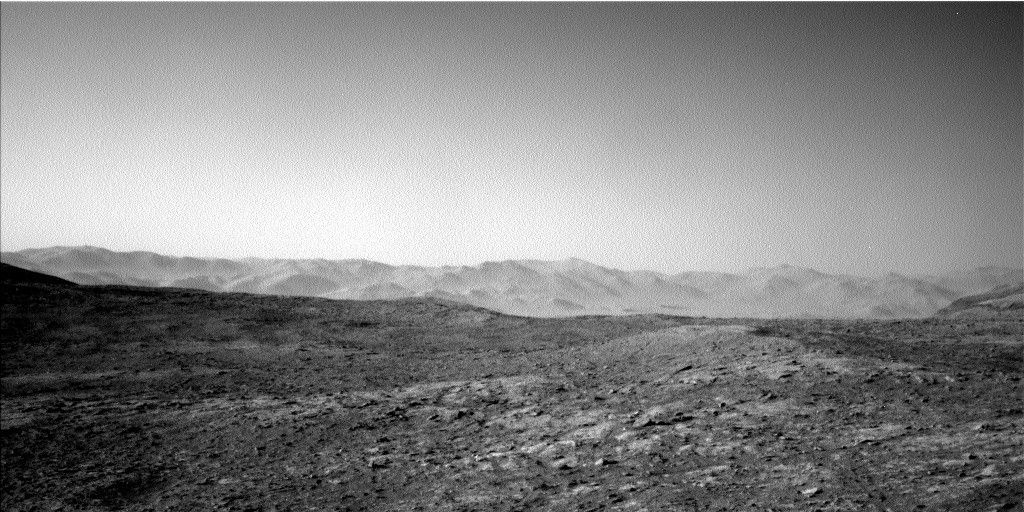Sometimes planetary geology is like forensics. We are presented with a crime scene: Something broke down the original igneous rock, and made all those clays, veins and hematite nodules.
Sometimes planetary geology is like forensics. We are presented with a crime scene: Something broke down the original igneous rock, and made all those clays, veins and hematite nodules. We know this something was a fluid, but in order to find out exactly what has happened, we need to examine all the evidence we have. That often starts with investigating the images, and in great detail. That's when we look at Mastcam images for the geologic context, then RMI and/or MAHLI for the close-up details. But what about the chemistry?
We are a small team here in the UK, specializing in what is called "thermochemical modelling." Thermochemical modelling uses mathematical equations that are based on known reactions of minerals with water. The models combine many thousands of such reactions into equations, which can be solved iteratively to arrive at a reaction path for a known rock composition. And once we determine what reacted and how, we can also infer which chemical elements remained in the water because they were not included in the reaction products. In other words, we can find out how the chemical elements are distributed between the fluid and the newly forming minerals. Some of our French and American colleagues use this method too, and we always have great discussions to advance our work. We take all the data that we have, images and chemistry from ChemCam and APXS, and where available also mineralogy from CheMin. That's the evidence at our crime scene. But who broke the rock and left all those clays and white veins?
We know it is "the fluid," and the modelling allows us to find out what temperature and composition this fluid might have had. For example, we have looked at the veins Curiosity found very early in the mission - at Yellowknife Bay. They were very pure calcium-sulfate, especially compared to what Curiosity measured later at Garden City and now at Vera Rubin Ridge. The purity of the calcium-sulfate at Yellowknife Bay gave us a clue: If we model a typical Yellowknife Bay rock with all chemical elements in the proportions available in this rock to react with water, then we will get veins that have more than just calcium-sulfate. We would therefore expect veins that have other minerals such as iron oxides and quartz. But the veins at Yellowknife Bay did not have any of those additional minerals. Therefore, we concluded that they must have come from water selectively dissolving a pre-existing mixed-mineralogy layer. The dissolution of this pre-existing layer would have left the less soluble minerals - quartz, iron oxides - behind while transporting the calcium and sulfate. This would have allowed the formation of a very pure calcium-sulfate, which is what was observed! But how does that help us at Vera Rubin Ridge?
The rover is currently exploring a very complex area, which has clearly seen the interaction of rocks with fluids. There are veins much more complex than the ones at Yellowknife Bay, and in addition there are iron nodules, crystal moulds and colour changes. We, the modellers, are working hard to understand how the fluid changed to produce all this new evidence… more later, as investigators rarely talk about ongoing investigations, right?
Written by Susanne Schwenzer, Planetary Geologist at The Open University






























